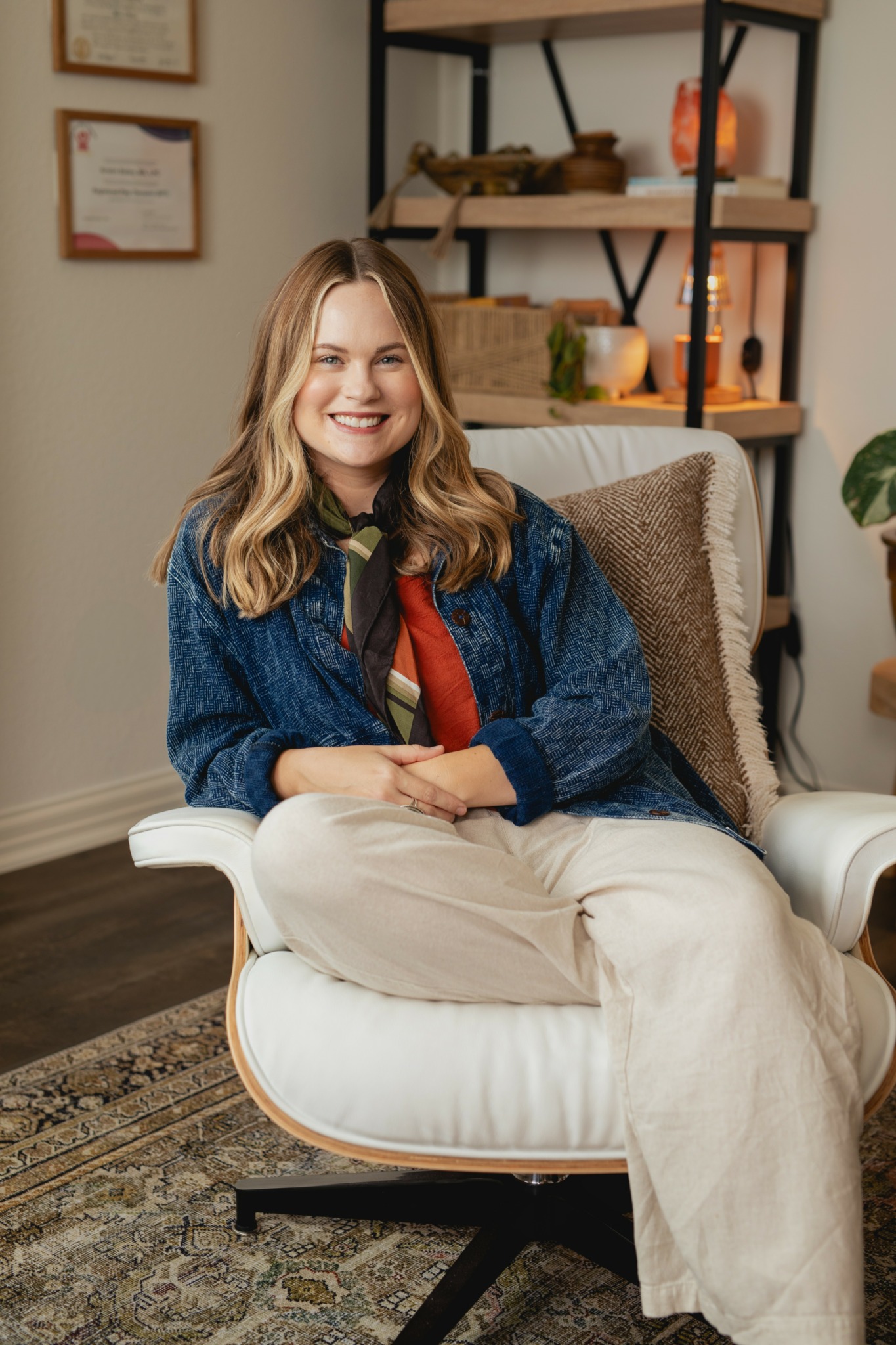We caught up with the brilliant and insightful Kristin Bailey a few weeks ago and have shared our conversation below.
Kristin, looking forward to hearing all of your stories today. Setting up an independent practice is a daunting endeavor. Can you talk to us about what it was like for you – what were some of the main steps, challenges, etc.
I opened my own practice in 2023, and while it was incredibly exciting, it definitely came with its challenges. Before that, I had worked in both an agency and a group practice, where my main responsibilities were showing up, seeing clients, and completing clinical documentation. Overnight, I went from therapist to practice owner—suddenly wearing the hats of admin assistant, billing specialist, marketing manager, and more. The learning curve was steep, and at times I felt overwhelmed and questioned whether I had taken on too much.
What helped me most was leaning on supportive colleagues who generously answered my questions and guided me through those early hurdles. With time, systems began to fall into place, and I felt both relieved and proud of what I had built. Today, my practice is typically full with a waitlist, and I feel confident managing both the clinical and business sides of my work.
One of my initial concerns was isolation in private practice, but I was fortunate to find office space alongside other therapists. That community has been invaluable for consultation, collaboration, and connection. Looking back, I always encourage other therapists to consider private practice. While the time and financial investment upfront can feel daunting, the payoff—in freedom, fulfillment, and impact—is absolutely worth it. I couldn’t be happier with where my business is now.

Great, appreciate you sharing that with us. Before we ask you to share more of your insights, can you take a moment to introduce yourself and how you got to where you are today to our readers.
I’m a mental health therapist in Rogers, AR, and this has felt like a calling for me from a young age. I still remember writing an essay at 14 about wanting to become a therapist. I’ve always been fascinated by psychology—by why people think, feel, and act the way they do—and I’ve always been a sensitive, caring person, sometimes to my own detriment. Like many therapists, I faced challenges in my own childhood that led to mental health struggles. When I turned 18, I began my own therapy, which was life-changing. Experiencing the impact of a good therapist firsthand inspired me to dedicate myself to this work. I wanted something meaningful to come out of my early struggles, and I felt excited by the idea of deeply knowing and supporting people from all walks of life.
When I began this career, I quickly knew I was in the right place. While the work can certainly be challenging, it is deeply rewarding to walk alongside people in their healing process. Clients often share things with their therapist that they’ve never told another person—it is an incredible honor to be trusted in that way. The work allows me to truly see people, to understand how they think and feel, and in turn, I have grown tremendously through what I’ve learned from my clients. Every single client has impacted me in some way, and I wake up each day grateful and excited to do this work.
I first started working with children and families in a school-based setting, and when I transitioned into a group practice, I expanded my work to adults as well. That experience gave me the joy of working with people of all ages and life stages. Today, my work focuses primarily on trauma, anxiety, depression, life transitions, relational issues, parenting stress, and supporting Highly Sensitive People (HSPs). I am also deeply committed to creating an affirming, inclusive space where clients of all races, sexualities, gender identities, and cultural backgrounds feel safe, respected, and fully seen. Above all, I am proud of providing an environment where people can open up, feel understood, and experience genuine healing.
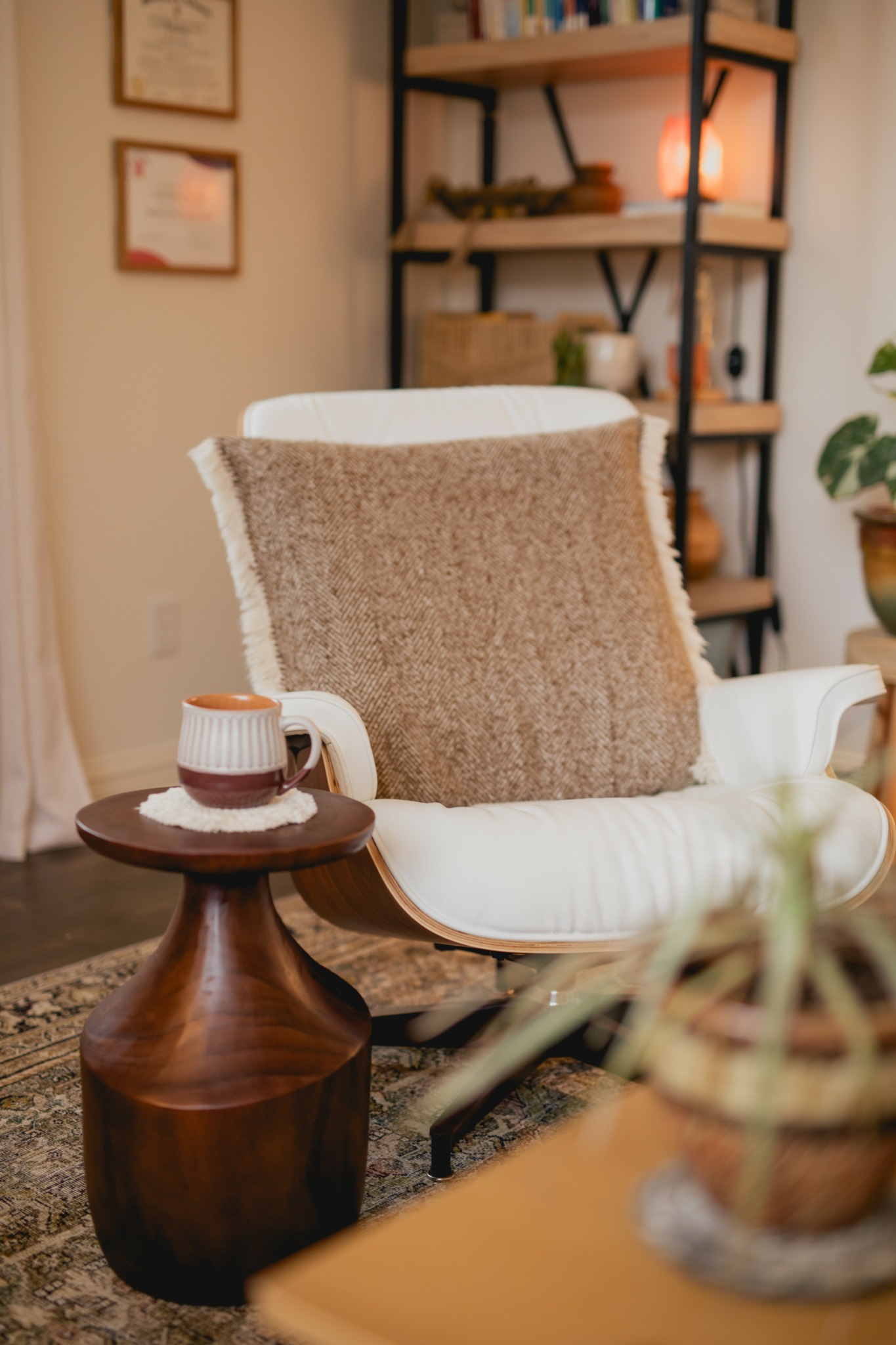
How’d you build such a strong reputation within your market?
Several key practices have helped me build my reputation as a therapist. First and foremost, I show up consistently and on time—something I believe communicates my commitment to clients and the value I place on their growth. I also focus on truly listening and being attuned to each client; people can feel when they are being genuinely heard. Remembering details about their lives, allowing them to progress at a pace that feels right for them, regularly checking in on the therapeutic relationship, and being open to feedback are all ways I help clients feel valued and supported. Over time, as clients make meaningful progress, they often share their experiences with others, which naturally leads to word-of-mouth referrals.
I also prioritize maintaining clear boundaries and staying within my scope of practice, ensuring that clients always receive ethical and safe care. Continuous learning and professional growth are central to my work—I get excited about exploring new approaches and integrating fresh insights into therapy. Additionally, I make a point of networking with other therapists and professionals, which has been invaluable in building a reputation grounded in collaboration, trust, and quality care.

We often hear about learning lessons – but just as important is unlearning lessons. Have you ever had to unlearn a lesson?
One of the most important lessons I’ve had to unlearn as a therapist is thinking that it’s my job to change clients. At first, that’s exactly what I believed—I thought my role was to solve problems, give advice, and guide people toward the “right” decisions. It makes sense why someone might expect that; after all, isn’t that why we go to therapy?
I quickly learned that real growth doesn’t come from someone else telling you what to do. The work of therapy is about helping people connect with their own inner wisdom, trust themselves, and feel confident making decisions that are right for their lives. I remember a moment in grad school that really shifted my perspective. Our professor presented a case and asked how we would respond. I suggested a solution for the client, and he paused and gently reminded me: our job isn’t to tell people how to live their lives—it’s to hold space for them to discover that themselves.
Now, whenever I feel the urge to problem-solve for a client, I pause. I ask guiding questions, create space, and encourage them to look within for their own answers. That’s when real healing happens—the kind that lasts.
Contact Info:
- Website: https://www.kristinbaileytherapy.com
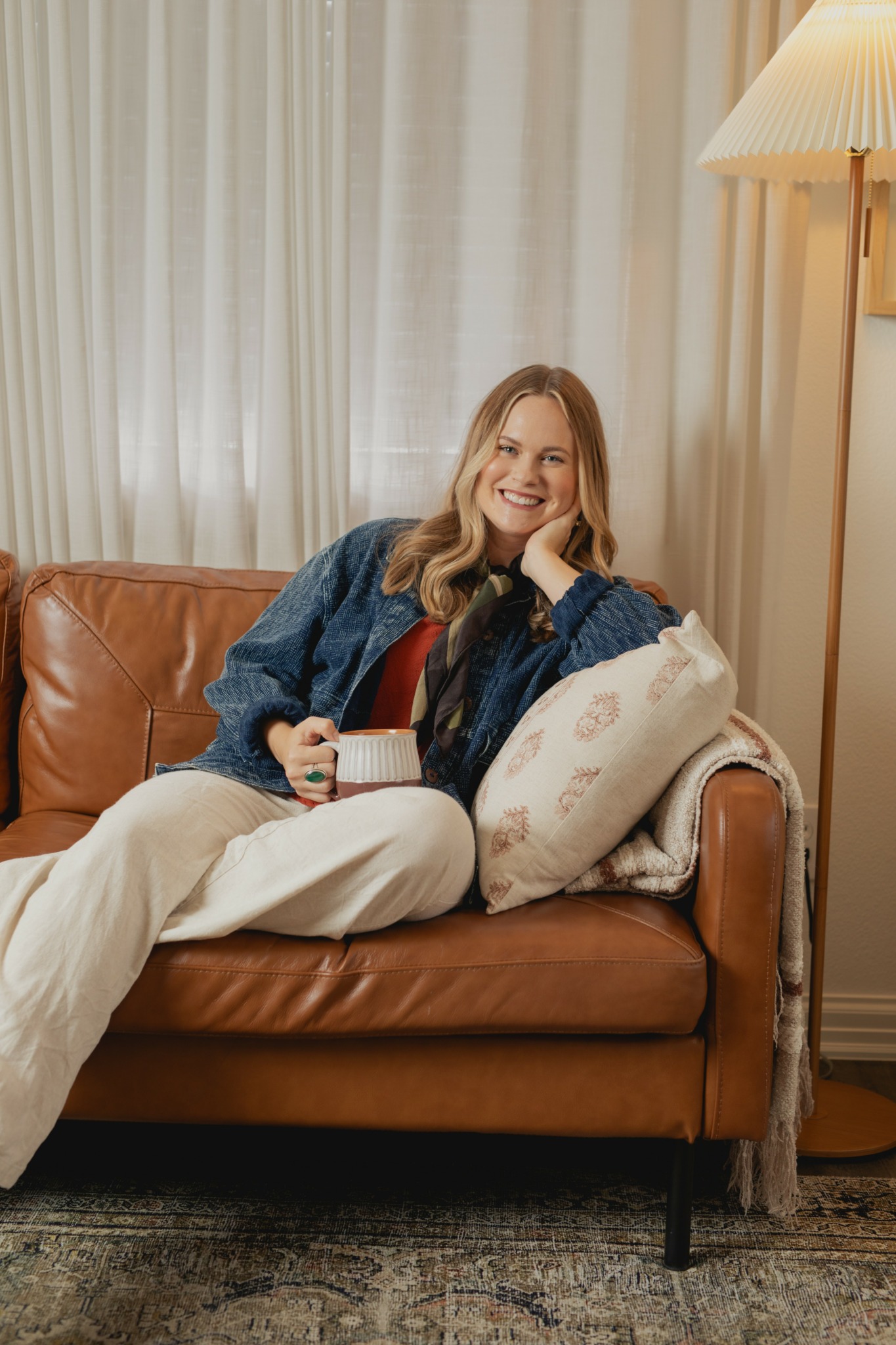
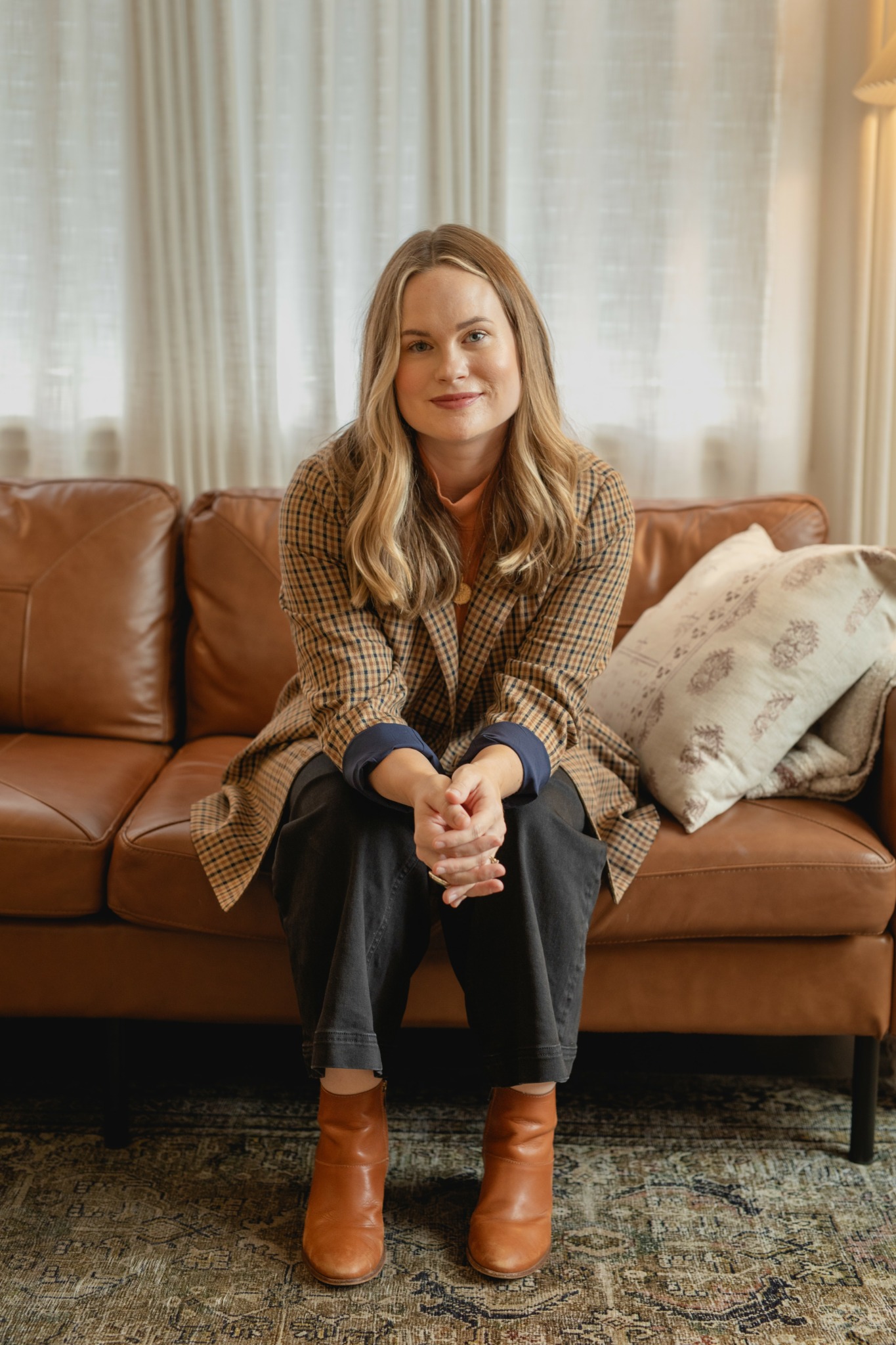

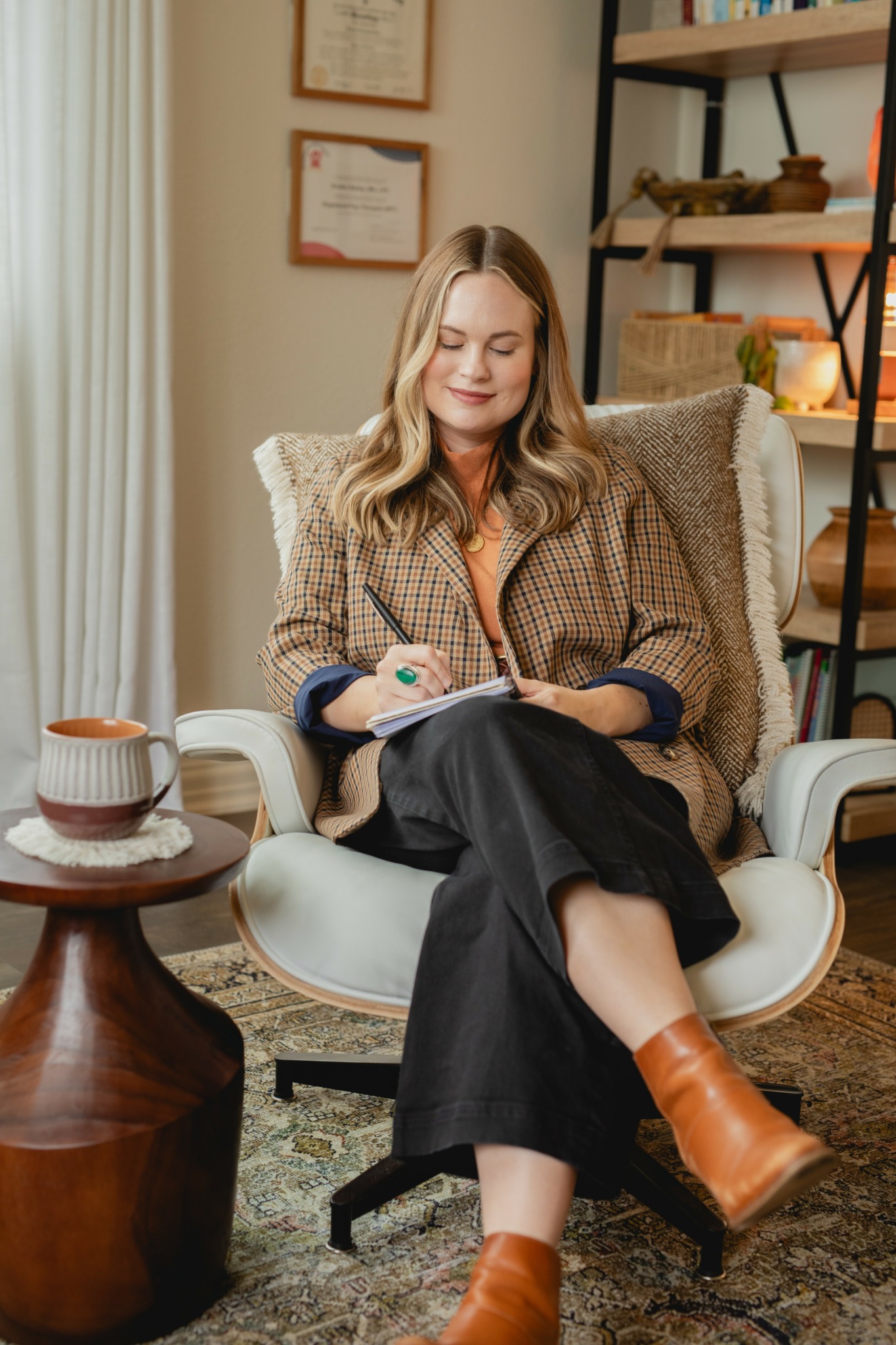
Image Credits
Lauren Tumbleson


